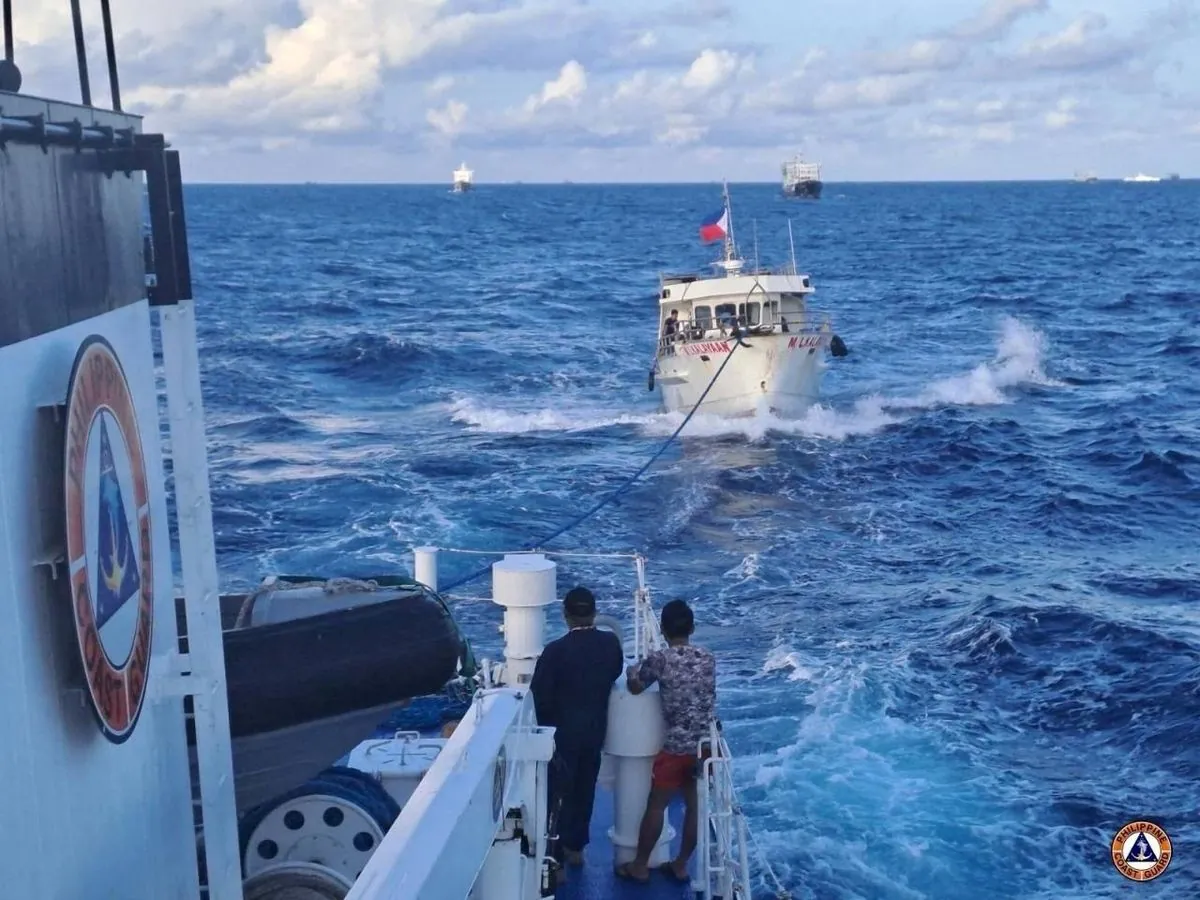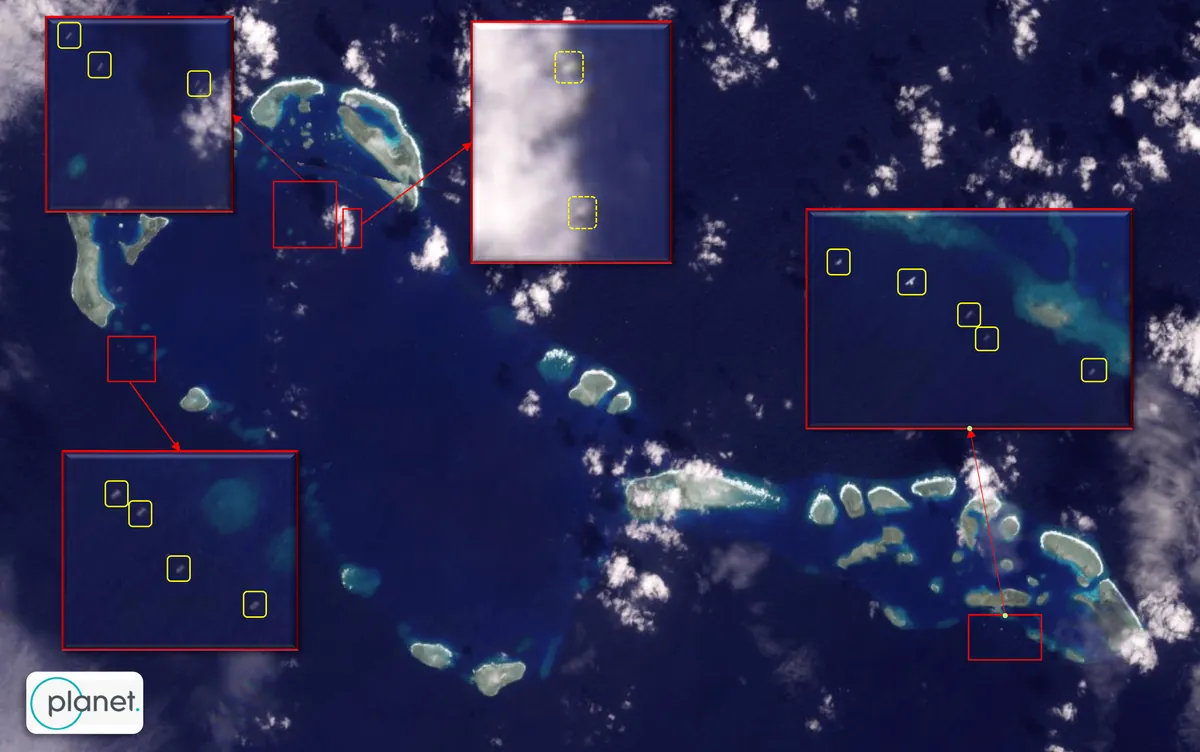Maritime Clash: China and Philippines Dispute South China Sea Incident
China accuses Philippines of deliberate ship collision near Sabina Shoal in the South China Sea. The incident highlights ongoing territorial disputes and rising tensions in the region.

A maritime incident in the South China Sea has escalated tensions between China and the Philippines. The Chinese Coast Guard has accused Philippine vessels of intentionally colliding with a Chinese ship near Sabina Shoal, a contested area in the Spratly Islands.
The alleged collision occurred in the early hours of August 12, 2024, at approximately 3:24 a.m. According to Gan Yu, a spokesperson for the Chinese Coast Guard, two Philippine coast guard ships entered waters near Sabina Shoal, disregarding warnings from Chinese authorities. The Chinese official stated that the Philippine side bears full responsibility for the incident.
This event highlights the ongoing territorial disputes in the South China Sea, a region of significant strategic and economic importance. The South China Sea covers an area of approximately 3.5 million square kilometers and is estimated to hold 11 billion barrels of oil and 190 trillion cubic feet of natural gas. Moreover, over $5 trillion of global trade passes through these waters annually.

The Spratly Islands, where Sabina Shoal is located, consist of more than 100 small islands and reefs. Multiple countries, including China, the Philippines, Vietnam, and Taiwan, have overlapping claims in this area. China asserts "indisputable sovereignty" over the Spratly Islands, which it refers to as the Nansha Islands.
Tensions in the region have been escalating in recent months. In April 2024, the Philippine Coast Guard deployed the BRP Teresa Magbanua to Sabina Shoal after Filipino scientists discovered submerged piles of crushed corals, raising suspicions of potential Chinese construction activities.
The South China Sea dispute involves six primary claimants: China, Taiwan, Vietnam, Philippines, Malaysia, and Brunei. China's "nine-dash line" claim covers about 90% of the South China Sea, a stance that has been challenged by other nations and international bodies. In 2016, the Permanent Court of Arbitration ruled against China's claims, but Beijing has not recognized this decision.
"We warn the Philippine side to immediately stop its infringement and provocation, otherwise it will bear all the consequences arising from that."
The incident near Sabina Shoal is not isolated. Chinese authorities also reported that a Philippine ship approached the disputed Second Thomas Shoal, ignoring warnings from the Chinese Coast Guard. This area has been a focal point of confrontations between Chinese and Philippine vessels over the past year.
In an effort to reduce tensions, China and the Philippines reached an agreement in July 2024 to prevent further confrontations during Philippine resupply missions to its outpost at Second Thomas Shoal. A week after this agreement, the Philippine Navy successfully transported food and personnel to the shoal without incident, offering a glimmer of hope for improved relations.
The South China Sea is not only a geopolitical hotspot but also an area of immense ecological importance. It is home to one-third of the world's marine biodiversity and serves as a major fishing ground, providing livelihoods for millions in the region. The ongoing disputes and potential militarization of the area pose significant threats to this delicate ecosystem.
As tensions continue to simmer, the international community watches closely. The United States has conducted "freedom of navigation" operations in the South China Sea since 2015, while the Association of Southeast Asian Nations (ASEAN) has been working on a Code of Conduct for the region since 2002. The resolution of these territorial disputes remains crucial for regional stability and the preservation of this vital maritime area.


































